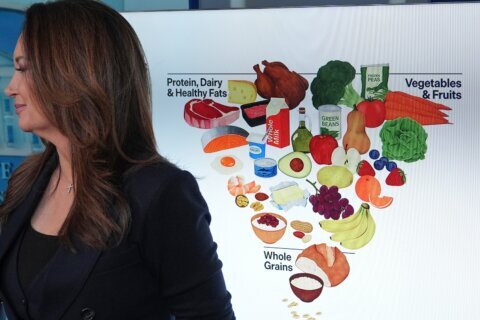WASHINGTON — Plastic surgeons are seeing a rise in immediate breast reconstruction after mastectomies.
Many factors appear to be in play, including increased awareness of the procedure following Angelina Jolie’s decision to have a preventive mastectomy and reconstruction back in 2013.
It doesn’t work for every patient, but studies over the years have shown a big boost to quality of life when patients have breast reconstruction — especially if the reconstruction process is begun while the patient is still in surgery for a mastectomy.
It’s the gold standard for patients like Jolie — younger women born with a mutated BRCA gene that sharply increases their risk of breast cancer. When they undergo a preventive mastectomy, there is no cancerous tissue to remove and no follow-up chemotherapy or radiation.
“They can definitely start their reconstruction immediately,” says Dr. Gedge David Rosson, director of breast reconstruction and an associate professor at Johns Hopkins.
For other women, the decision can be more complicated.
“Across the country, we know that about 60 or 70 percent of patients who have mastectomies don’t have access to a plastic surgeon or they weren’t able to coordinate, or their tumor was too advanced, or for various reasons, they still have a straight mastectomy and no reconstruction,” says Rosson.
Still, he emphasizes things are changing for the better. Over the years, hospitals have begun to better coordinate oncologists and plastic surgeons. At the same time reconstruction techniques have steadily improved.
“We want to make our patients look as close as possible to just a cosmetic breast augmentation patient — that is really our goal,” Rosson says.
Among the innovations: some doctors are now using fatty tissue from the lower abdomen for breast reconstruction. And in patients where cancerous tissue was removed near an area where an implant is placed, fat harvested through liposuction can be injected using tiny needles to smooth out any dents.
“Every evolutionary improvement is just a tremendous boon to patients that have breast cancer or who have a genetic mutation like the BRCA gene where they have prophylactic mastectomies,” says Rosson.







